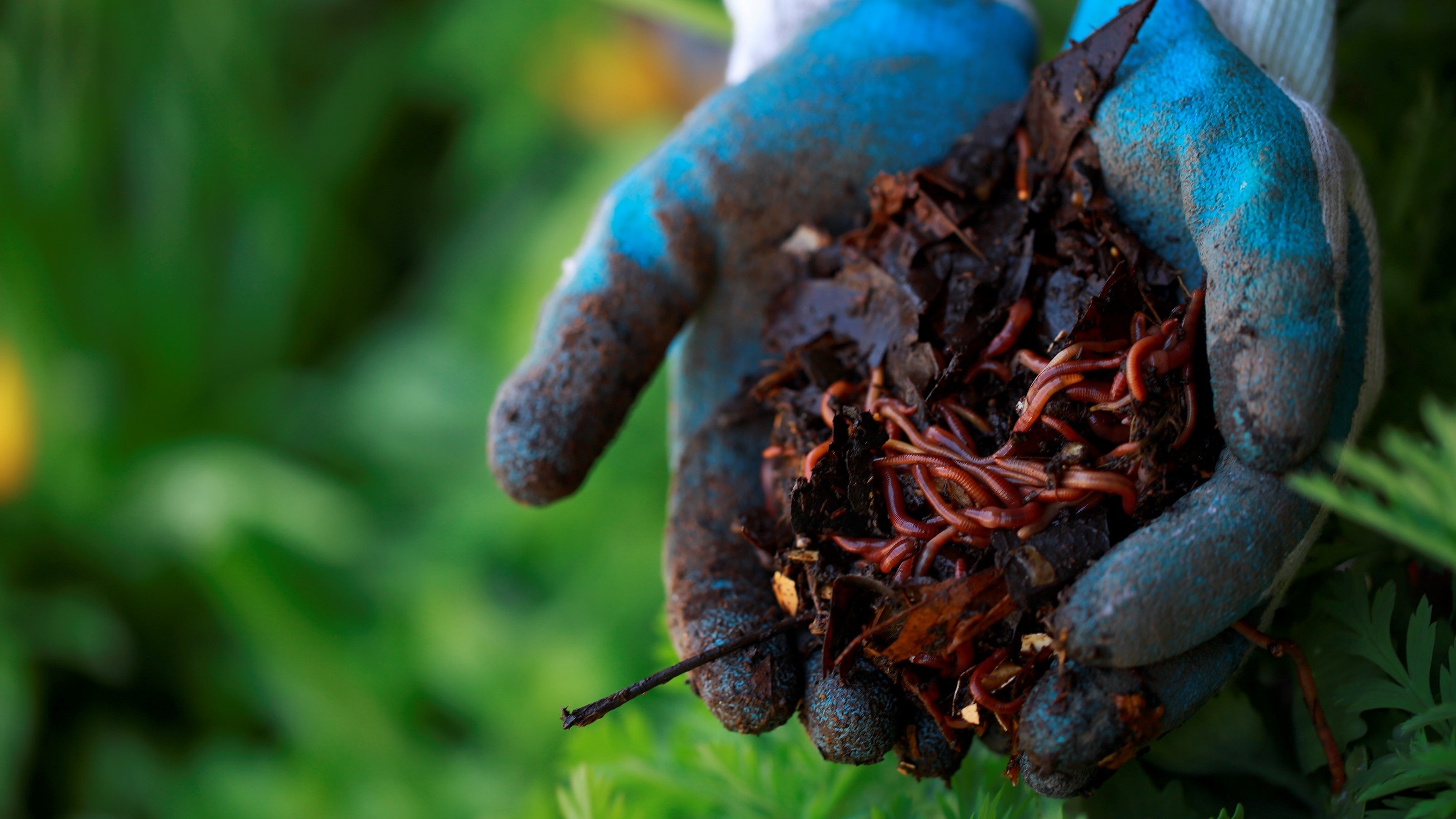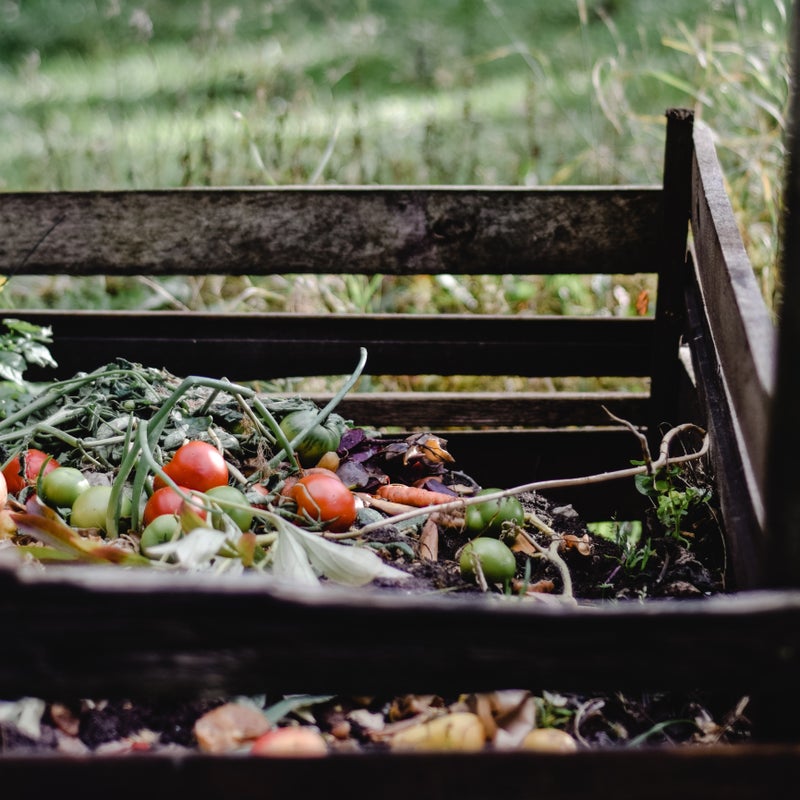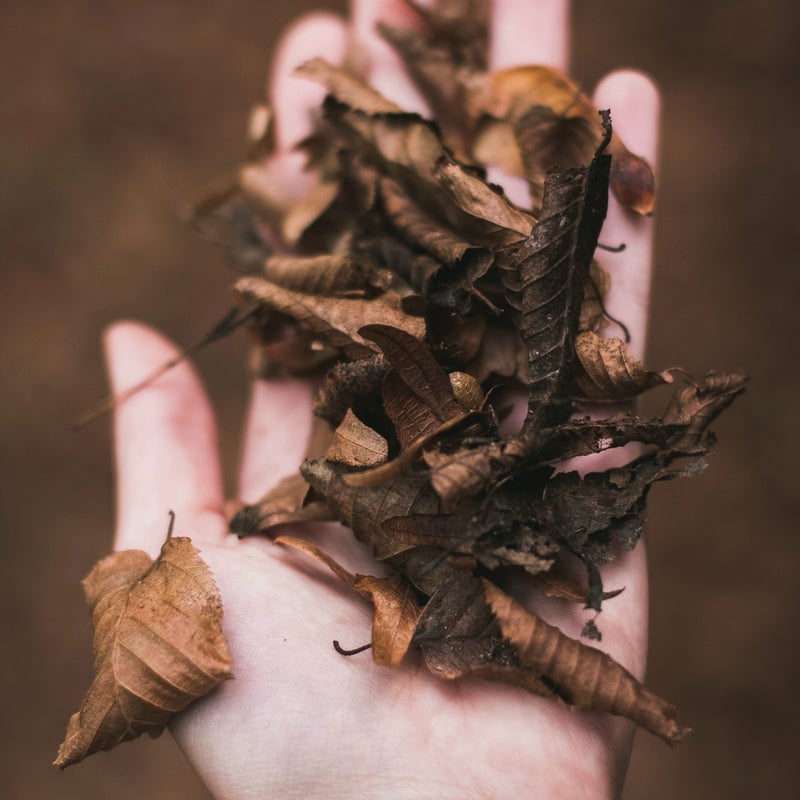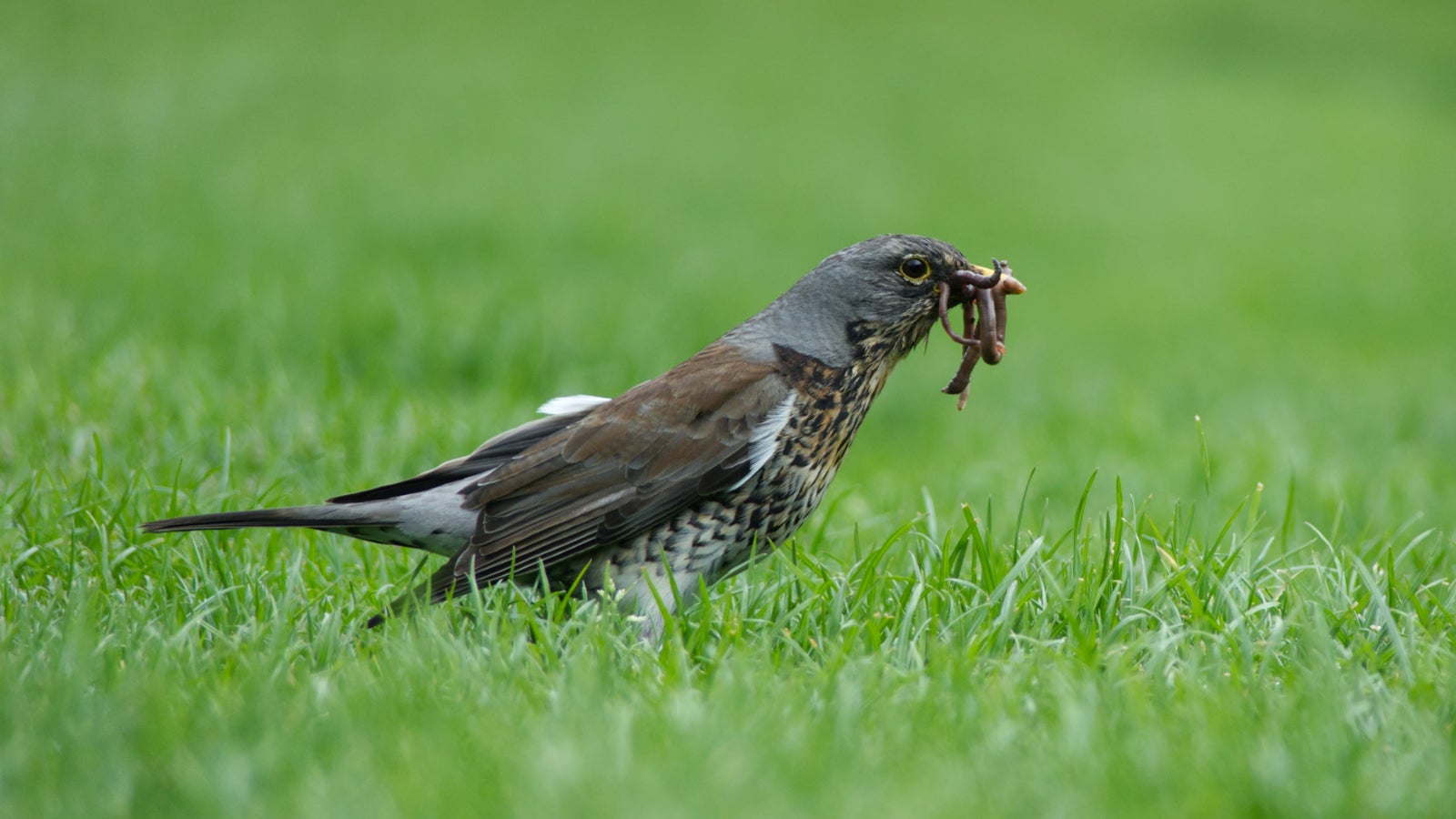
A Beginner's Guide to Worm Farms
07 Oct, 2022
What you’ll need:
- You’ll need to purchase the worm farm itself. It needs to have different layers stacked internally, with a tap/outlet at the bottom to collect worm tea.
- Material like potting mix, soil, hay, compost, dead leaves, coconut fibre or shredded cardboard or paper can be used as the bedding.
- Worms! The best type to use in worm farms are tiger worms (different from the usual earth worms you’ll find in your garden). These worms can be purchased instore - they come in boxes! You’ll need about 1000 (250g) of worms to get you started in most average sized worm farms.
- A constant supply of food scraps and brown matter to feed your worms. Your mixture of greens and browns should be 70% Greens and 30% Browns:
Foods you shouldn’t feed your worms:
- Spicy food, such as chili, onion, and garlic
- Meat and milk products
- Bread and pasta
- Cooked or processed food
- Citrus or acidic foods
- Oils and liquids such as soup
Getting started:
1. Pick a shady spot to place your worm bin to keep your worms cool.
2. Add your bedding to the worm bin, followed by the worms themselves.
3. Feed the worms!
Worms can eat up to their own weight each day so be careful not to overfeed them (250g of worms need about 200g of food). Worms don’t need feeding everyday though. We recommend feeding your worms once or twice weekly, depending on the size of the farm and the amount of scraps you have. Watch closely for the first couple of weeks to ensure they are eating all the food they are being given.
4. Cover the food waste in the bin with a damp carpet, newspaper or cardboard to provide a moist dark environment that encourages the worms to actively eat the food waste.
5. Once you have several full layers (in a stacked system worm-farm) or the continuous flow system is two-thirds full, you can begin harvesting the worm castings.
6. Water down your worm castings until it looks similar to tea (Usually a 1:10 ratio), and feed your entire garden when watering!


